Buyers Guide
Categories
If you are considering purchasing an AVO Car it is always advisable to seek professional advice if you are unsure of what you are buying.
Regardless of model, all MK1 Ford Escorts under the RS banner were manufactured with the type 49 shell, this was the same shell which was produced at Dagenham and then shipped to Halewood for strengthening.
Further details of the RS range can be viewed by clicking the links below
The line drawing of the RS shell below shows the strengthening made to the type 49 shell
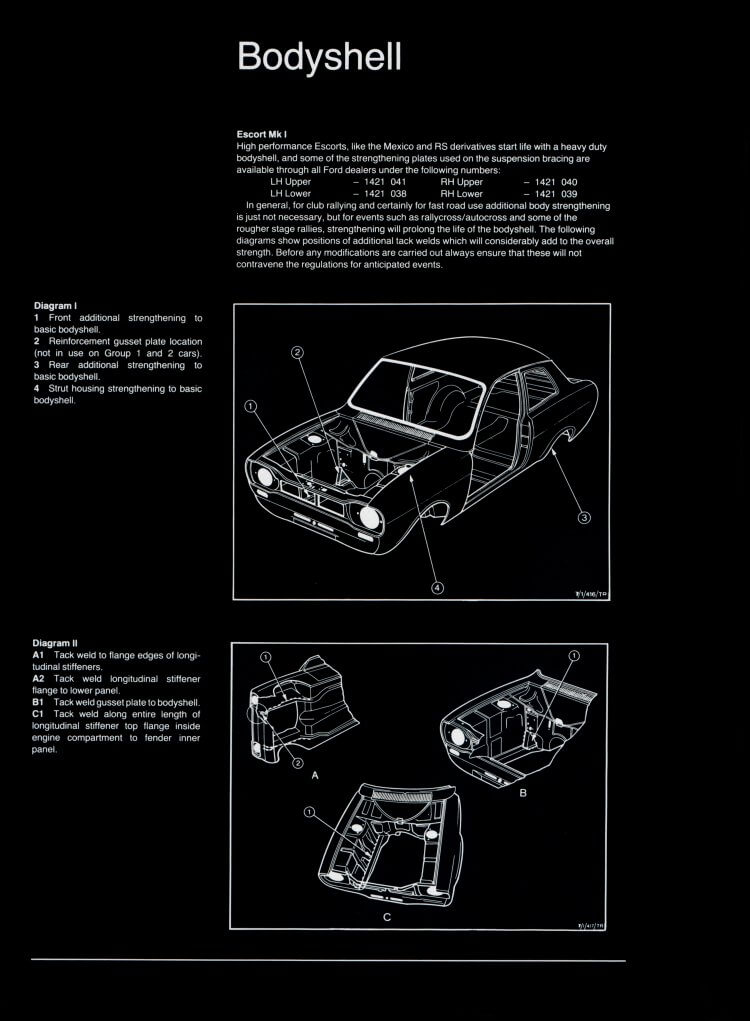
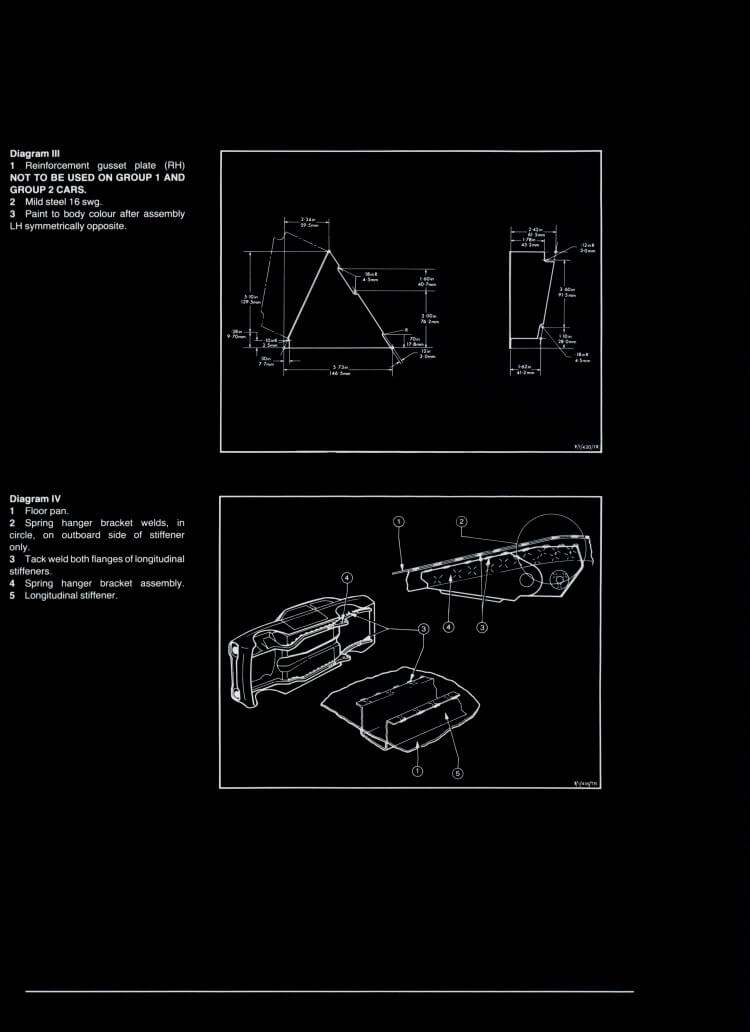
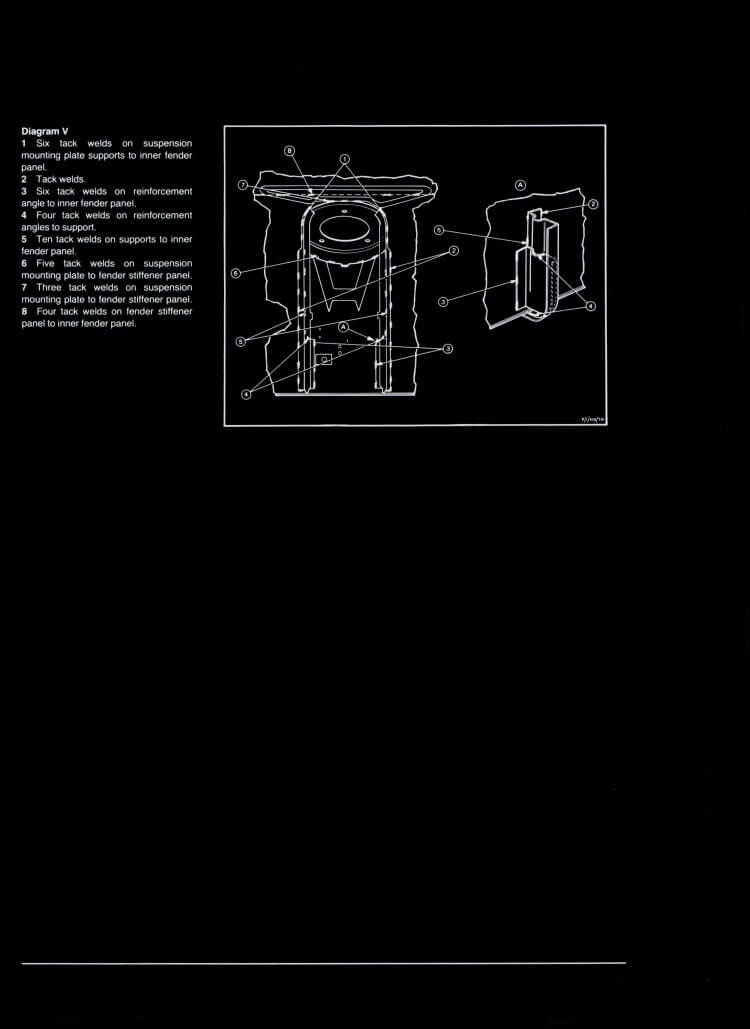
Twin Cam 1968/7
The Ford Escort Twin Cam's birth was created out of the demise of the Cortina MK2 Lotus, with over capacity of engines, the Twin Cam (TC) was designed at Ford Motor Company's Halewood Plant in Liverpool, Mersyside.
Although the original cars (pre 1970) were rather bland, subtle changes are noticeable from the normal type 49 shells built at AVO in Aveley. The original cars were also very basic with just head light, heater and wiper switches.
However, the Lotus power plant never changed through production and this car is probably most sought after Escort MK1 money can buy..
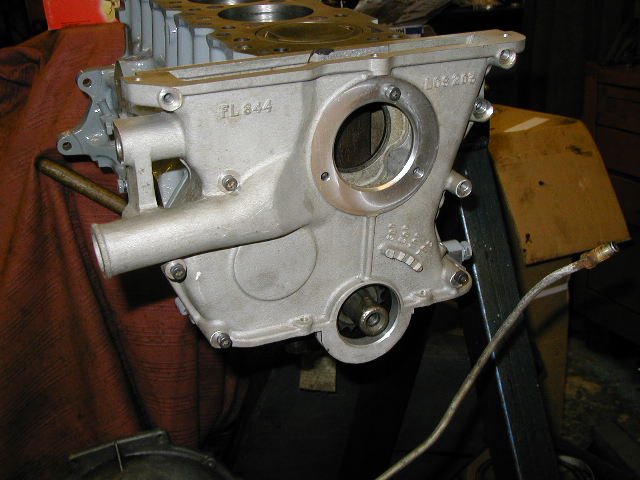
What to check for
First noticeable difference under the engine bay is the engine stabiliser bar, securing the gearbox to the bulkhead, the bar is bolted to the bulkhead and held in place with a large rubber bush, similar to the pictures below.
The plate at the rear of the bush is a crude attempt at welding, but a key point in originality, so look for clues of neat welds and then start asking questions.
The majority of Ford cars that I have seen, look like the great Stevie Wonder had the welding gun!
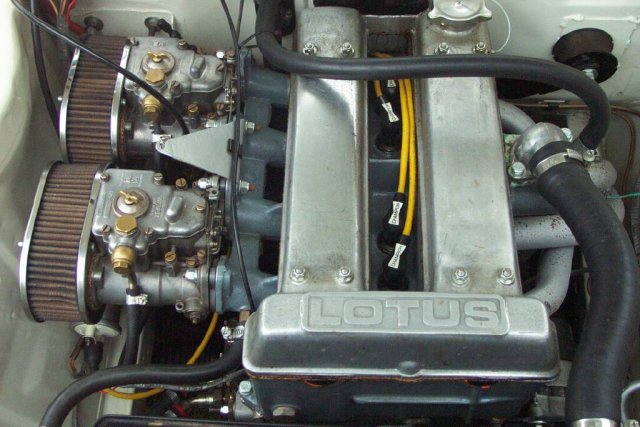
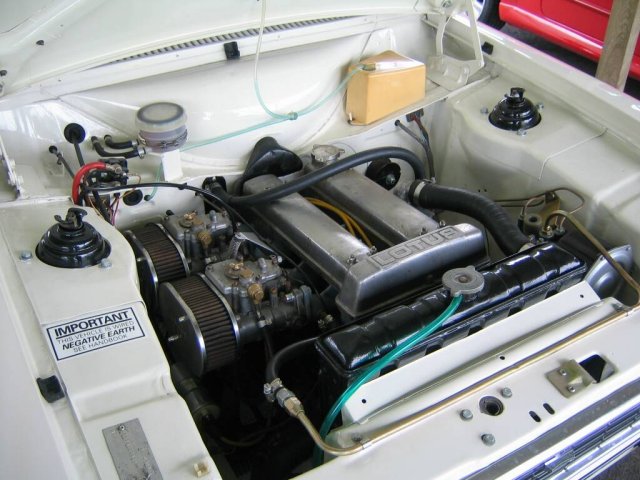
On the early models the bonnet was opened via a push button on the front grille, this changed in 1970, to a left hand bonnet pull and again in 71 to a right hand bonnet pull.
Other points are the GT seats, similar in design to the waffle (Areotex) Mexico seats but with the tilt button at the bottom of the seat instead of in the backrest.
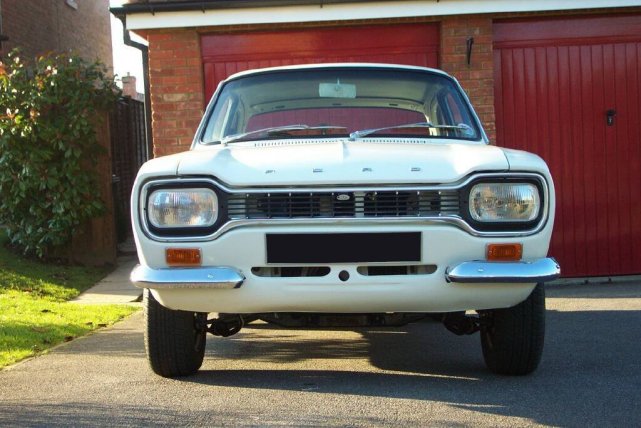
Whilst checking the car ensure that the dash has not been cut to accommodate the 6 clock dash, this is quite a detailed job and many people would fail to do this in an attempt to re-shell a car.
Additionally that the stone deflector bolts are in the boot floor and better still that the stone deflector is also there.
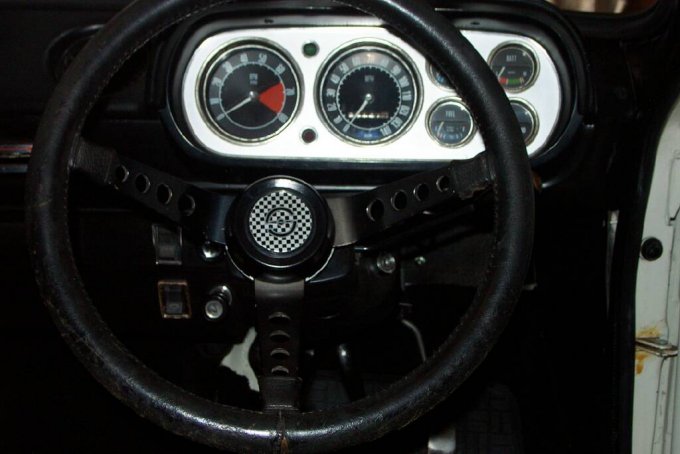
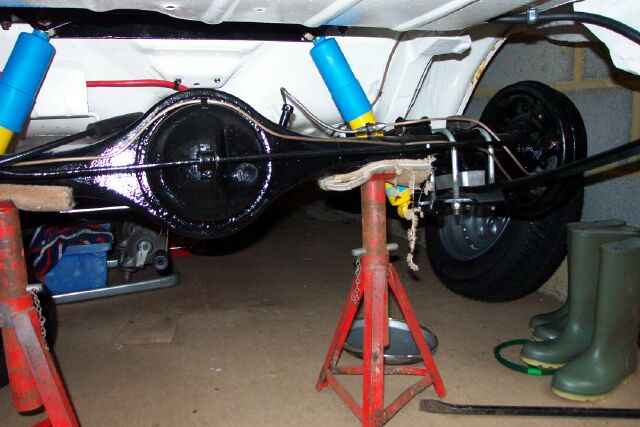
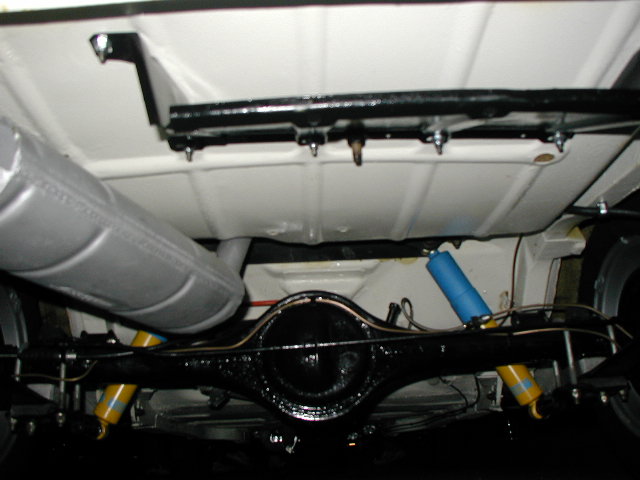
Has the car got tramp bars? All Twin Cam's were fitted with the Mexico axle, and so should be fitted with tramp bars.
In the early models as you look through the boot of the car, the rear of the seat is not visible, Ford fitted a solid panel, it was not until 1970 that this changed and went to the traditional panel that we are all familiar with.
Aadditionally the TC had the battery in the boot and the spare wheel was held in place with a large bolt passing though the floor and the stone deflector. A major criticism under road tests was the little amount of boot space as a result of this design.
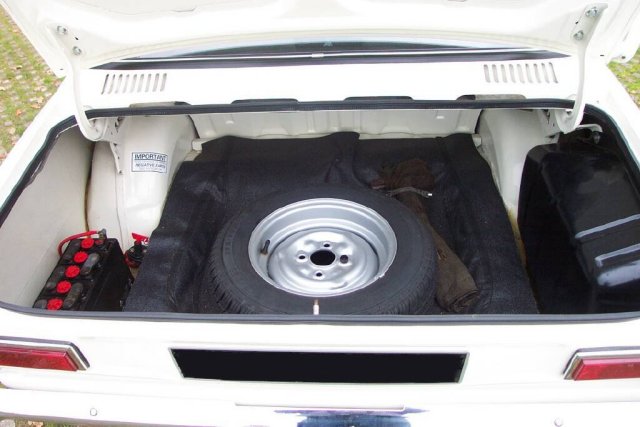
==========================================================================================
Mexico 1969/75
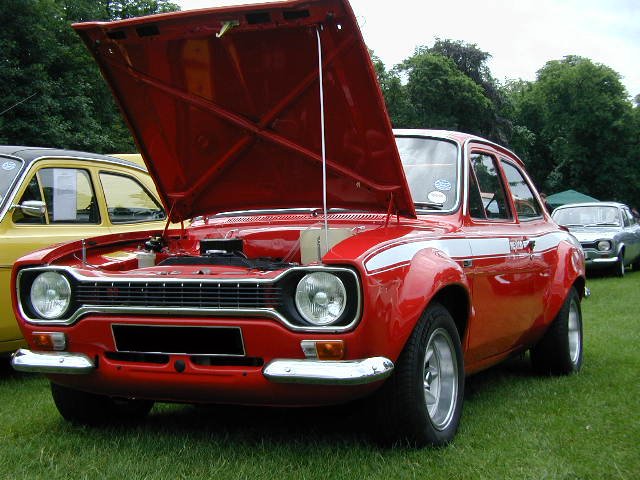
The Escort Mexico was built from 1969-75, at Aveley in Essex. At Ford Motor Company's Advanced Vehicle Operations (AVO) Production capacity was approximately 152 cars per week, nothing in today's standards of mass production
Dagenham operations reached capacity prior to final closure of 1300 vehicles per day. Over 700 cars per shift.
Aveley production capacity was simply, manufacture to supply, and the demand was great. In late 72, demand for a higher specification car saw the development of the RS 2000 (see RS 2000 buyers guide)
What to check for:
Check the rear of the vehicle under the boot floor, there should be approximately eight bolts visible, these were used to secure a stone deflector. Some of the cars have retained the stone deflector, but many have been removed
(see photo 1)
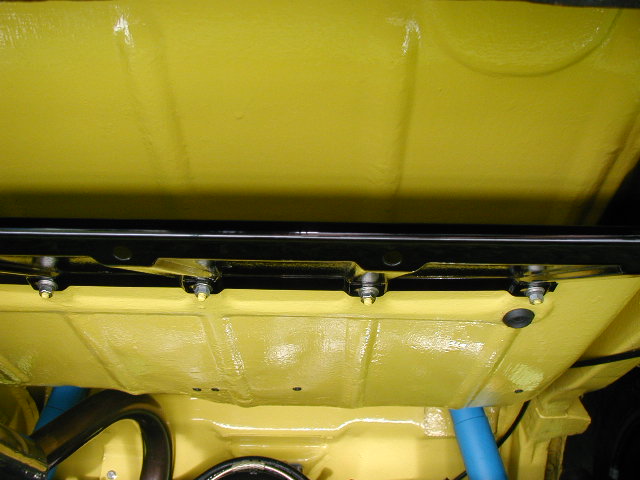
Photo 1
As with the RS 2000, anti-tramp bars are fitted to the rear axle and run to the front of the rear wheel arch, check that they are fitted. Whilst at the rear of the car, check that the rear arches have been rolled.
Another test for the earlier Mexico is to ensure that this bolt hole is on in the boot floor pan, this was used to secure the spare wheel. Later models used the wheel well and the battery was moved to the front of the vehicle.
If this checks out to be OK, go to the engine bay and start checking the following.
Check the strengthening around the suspension top plate. (see photo 2) These were spot welded.
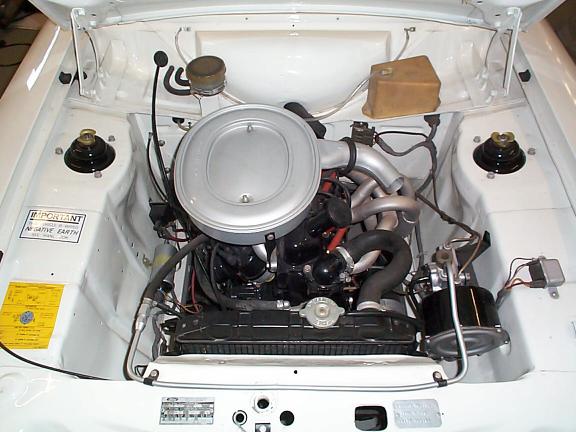
Photo 2
Chassis plates are secured by pop rivets on the front slam panel, you can clearly see these in the shot above as you stand at the front of the car, the chassis plate is to the left of the bonnet release catch.
The AVO plate will be on the right next to the bonnet stay hole (see a + b photo 3) Note that this early Mexico has the battery fitted in the boot, positioned in the spare wheel well. The spare was secured on the boot floor and reduced load space considerably.
The chassis plates should match the V5 (logbook) if you have any doubts please seek professional advice, contact the AVO owners club. They have registrars dedicated to Mexico RS2000 and all other AVO cars.
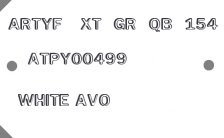
Chassis plate on the left and the AVO (painted on purpose) to the right

Correct positioning of both plates above
Unlike the RS 2000, the Mexico's interior can come in a variety of trim, vinyl seat's and rubber mats, RS Recaro's with carpet, custom contour bucket seats, which appear to be different for driver and passenger.
(this is correct) Map light fitted under the dash on the passenger side. Unfortunately, over the years, many people have changed interiors to suit i.e. replaced vinyl trim with Beta cloth Recaro's. Unless you are considering presenting your car for concourse.
I wouldn't worry too much, at the end of the day it comes down to personal preference.
Mexico with vinyl interior
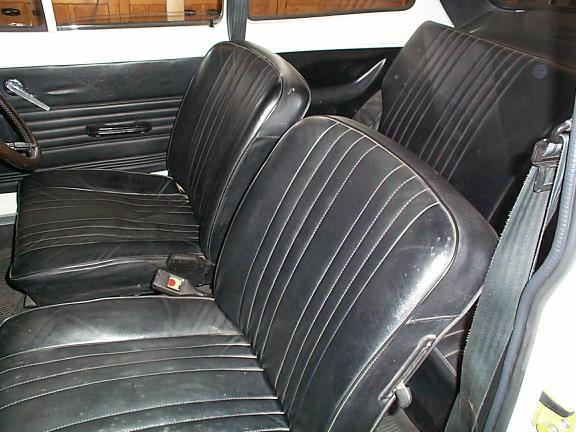
Mexico with cloth interior, Recaro's and wood pack
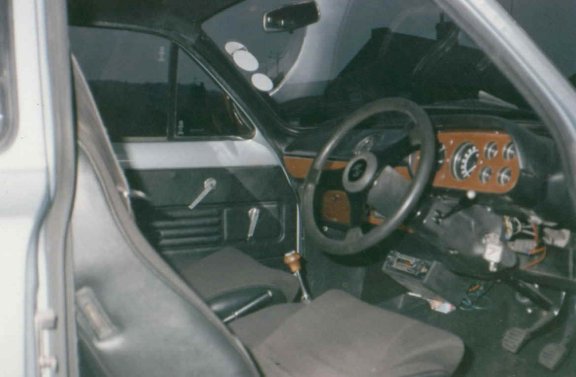
==========================================================================================
RS 2000 1973/75
The RS 2000 was built out of demand for a higher specification vehicle than the Mexico, produced on the same production line as the Mexico at Aveley at Ford Motor Company's Advanced Vehicle Operations (AVO).
The Higher specification changes included full custom cloth interior as standard, 2.0L pinto engine and a slightly higher road height. Original price for the Mk1 RS 2000 was £1230, incredible to think that today, almost 30 years after production stopped, good cars are changing hands for over £10,00.00 plus.
What to check for:
The RS 2000 model was slightly different to the Mexico with more strengthening around the inner wings, look under the front wheel arch and check the suspension turret, this should run the majority of the way down inside the inner wing.
Also that top of the inner wing has a strengthening plate. However, the majority of AVO changes run through all models including the RS1600 and the Mexico
Check the rear of the vehicle under the boot floor, there should be approximately eight bolts visible, these were used to secure a stone deflector. All RS2000's were never fitted with the stone deflector, but retained the fixings.
Also check the rear arches have been rolled, the fuel tank should be painted in primer, Fords never painted the fuel tanks in the RS range of vehicles, so they should be in grey primer.
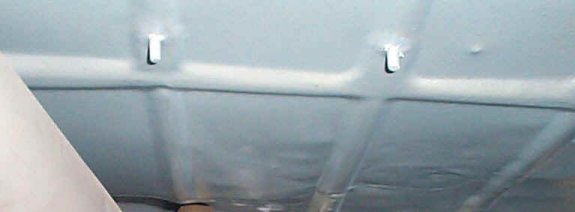
The shot above shows the securing bolts for the stone deflector, if the car you are viewing does not have these be careful. Unless it has been fitted with a new floor pan the car might not be what you expect.
While you are under the car, check the anti tramp bars, they are secured to the rear axle and run towards the front of the car.
If all this checks out OK, go to the engine bay, study the chassis plate and check this against the logbook. The first 4 digits should be BFAT followed by a series of numbers that determine the colour, transmission and other details.
The chassis plate and AVO plate are positioned on the slam panel at the front of the vehicle.

Chassis plate on the left and the AVO (painted on purpose) to the right.

Correct positioning of both plates above.
The interior of the RS2000 will differ slightly from car to car, things such as centre consoles, head rests came as optional extras, the pictures below detail such differences, but are both genuine RS 2000's.
I believe that the wood pack was an option on the RS range of vehicles, similar to the Mexico. Owners have changed there vehicles to suit over the years and these slight additions/improvements are down to personal preference.
This vehicle is fitted with wood trim and has the correct 3 spoke RS steering whee.
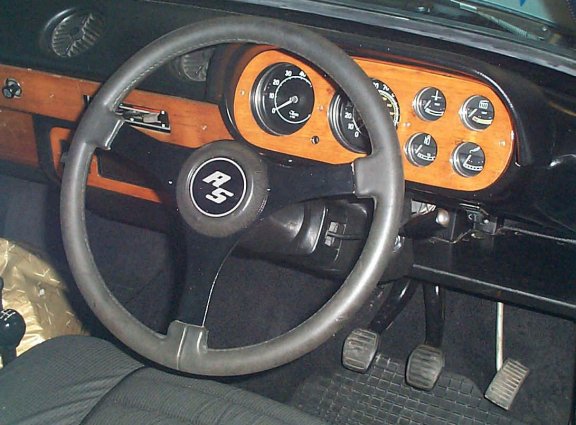
No wood pack fitted, but vehicle has centre console.
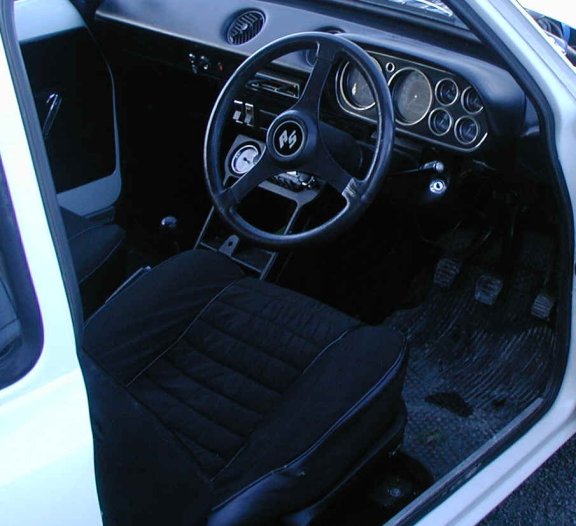
Wheels also are of much debate, but be careful - there is only one type of MK1 RS alloy, that is below with the centre cap being located through the rear of the wheel and simply being held in position via the wheel being secured to the hub of the axle, Steel wheels were also an option.
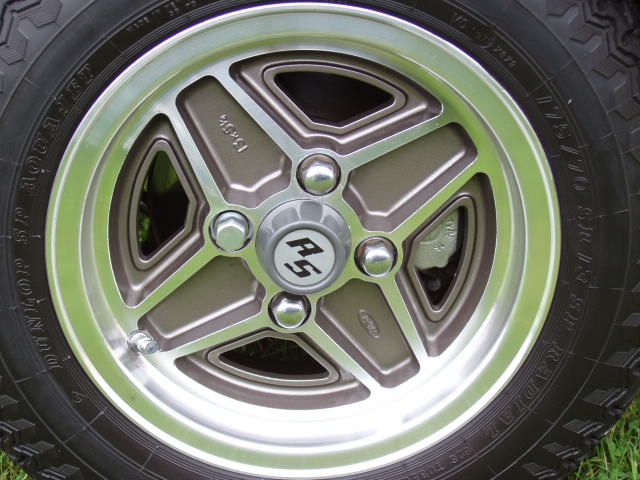
==========================================================================================
AVO Plate Decode

A = Escort
R = RHD (L=LHD)
T = 2 Door Saloon
Y = RS2000
F = Manual
X = Cigarette Lighter
T = Temp Gauge
G = Radio
R = Reverse Lights
Q = Hazards
B = Opening Rear Quarters
1 = Heated Rear Window
5 = Brake Warning Light
4 = Pre-Engaged Starter Motor
AT = Escort 2 Door
PY = Build Date See Table Below)
00499 = Specific Vehicle Number
WHITE = Colour (Diamond White in this instance)
Manufacture Date Codes
| Jan | Feb | Mar | Apr | May | Jun | Jul | Aug | Sep | Oct | Nov | Dec | |
| '68 | HB | HR | HA | HG | HC | HK | HD | HE | HL | HY | HS | HT |
| '69 | JJ | JU | JM | JP | JB | JR | JA | JG | JC | JK | JD | JE |
| '70 | KL | KY | KS | KT | KJ | KU | KM | KP | KB | KR | KA | KG |
| '71 | LC | LK | LD | LE | LL | LY | LS | LT | LJ | LU | LM | LP |
| '71 | MB | MR | MA | MG | MC | MK | MD | ME | ML | MY | MS | MT |
| '73 | NJ | NU | NM | NP | NB | NA | HG | NC | ML | NK | ND | NE |
| '74 | PL | PY | PS | PT | PJ | PU | PM | PP | PB | PR | PA | PG |
| '75 | RC | RK | RD | RE | RL | RY | RS | RT | RJ | PU | RM | RP |
